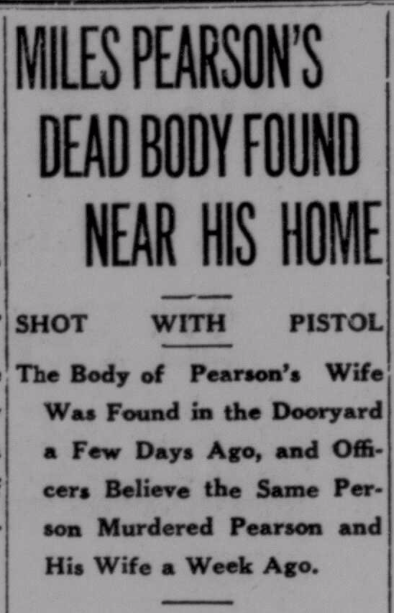The fifteenth in a series of posts highlighting the schools that educated African-American children outside the town of Wilson in the first half of the twentieth century. The posts will be updated; additional information, including photographs, is welcome.
Wilbanks School
Wilbanks School is not listed as a Rosenwald School in “Survey File Materials Received from Volunteer Surveyors of Rosenwald Schools Since September 2002.” However, former students report that the original Wilbanks School, first a school for white students, was replaced by a Rosenwald building in the 1930s.
Location: A 1936 state road map of Wilson County shows Wilbanks School on present-day N.C. Highway 42, just east of its intersection with Town Creek Road in the former Wilbanks community.
Per sale advertised for several weeks in the Wilson Daily Times in the fall of 1951: “WILBANKS COLORED SCHOOL in Gardners Township, containing one acre more or less, and more particularly described as follows: BEGINNING at a ditch on the public road, J.J. Baker’s corner, thence North with the public road 70 yards to a stake, thence West 70 yards to a stake, thence South 70 yards to a stake on a ditch beside the public path, thence East 70 yards to the beginning. Being the identical land described in a deed recorded in Book 111, at page 353, Wilson County Registry.”
The 8 January 1952 Wilson Daily Times reported the transfer of the Wilbanks colored school lot from the Wilson County Board of Education to Floyd W. Farmer. The school burned down sometime after, and Farmer built a house on the site.
Description: Per The Public Schools of Wilson County, North Carolina: Ten Years 1913-14 to 1923-24, Wilbanks School was a one-room school seated on one acre.
The 23 May 1948 Wilson Daily Times mentioned the performance of the Wilbanks school rhythm band at a county-wide 4-H contest.
A February 1951 report on Wilson County schools, abstracted in the 16 February Wilson Daily Times, found: “Wilbanks Colored school needs coal buckets, shovels and waste baskets …”
On 12 May 2001, the Daily Times published an article on local Rosenwald schools. Several former students or teachers provided details about Wilbanks School, which was a two-room school in which one teacher taught first through third grades and another taught fourth through seventh. The rooms were divided by a partition and lit by electricity. Odell Farmer, then 79, attended first grade in the old school building and the remaining grades in the Rosenwald building. In the old building, children sat three to bench. “They had backs in which a few books could be stored, like a church pew.” “Each room at Wilbanks had a pot-bellied stove, which the older students would help keep fueled.” The older students’ room contained a raised stage. “‘Every morning in my classroom we would have out separate devotion,’ said Ada Sharpe. ‘We would sing “good morning to you” and say The Lord’s Prayer and the Pledge to the Flag.'” Children brought their own lunches to school, often molasses-filled biscuits. She recalled having 65 pupils one year and sometimes had to assign birthdates to children who parents had not filed birth certificates. Older children sometimes were held out of school to help with farm work. On those days, their younger siblings stayed home, too, because they were too young to walk to school by themselves. Wilbanks School closed when the twelve-grade Speight High School opened.
Known faculty: principal Annie Goins Sanders; teachers O. Nestus Freeman, Willie Hendley Freeman, Ada Reid Sharpe, Piccola M. Reid, Charity Drucilla Hussey.

Wilson Daily Times, 14 February 1941. Rural schools served as community centers, housing the meetings of 4-H clubs, scout troops, and agricultural and home demonstration groups.








